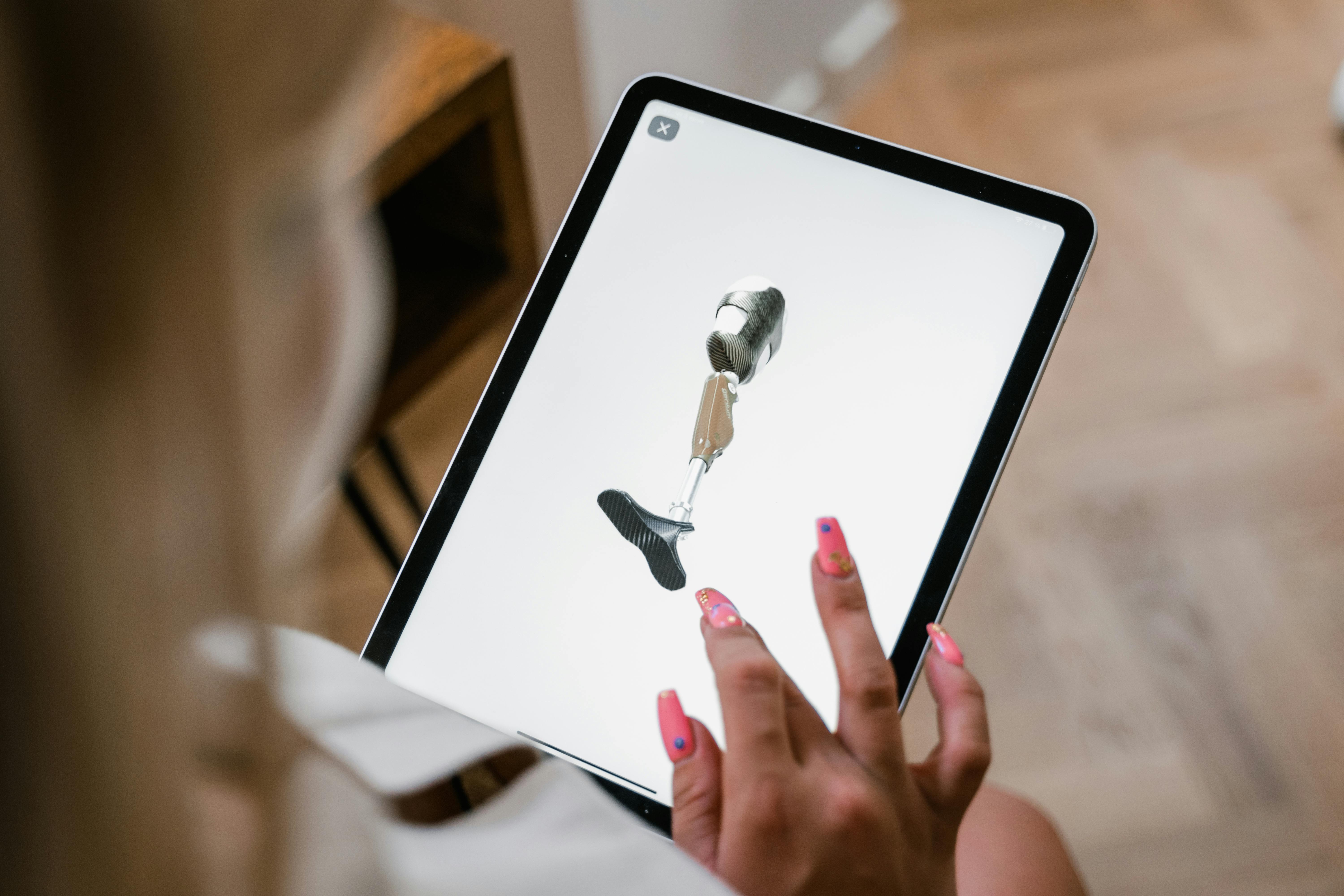How to Properly Cite a PowerPoint: Essential Tips for 2025
Citing a PowerPoint presentation correctly is crucial for maintaining academic integrity and enhancing the credibility of your work. With the increasing use of digital presentations in academic settings, understanding how to properly cite these materials is more important than ever. This article will provide a comprehensive guide on citing PowerPoint presentations in various citation styles, including APA, MLA, and Chicago, ensuring that your references meet academic standards.
In this guide, we will explore the importance of citations in presentations, the specific citation formats for different styles, and effective techniques for managing and integrating citations into your slides. You will also find practical examples and tools to help streamline the citation process. By the end of this article, you will have a solid understanding of how to effectively reference a PowerPoint and adhere to academic guidelines.
The key takeaways will include:
- Mastery of different citation styles for PowerPoint.
- Best practices for maintaining academic honesty.
- Tools and resources for efficient citation management.
Understanding the Importance of Citing Presentations
Building on the foundational knowledge of academic integrity, it's essential to understand why citing presentations is crucial. Citing sources properly fosters respect for intellectual property and allows your audience to verify the information presented. It also enhances the authority of your presentation, lending credibility to your arguments and demonstrating the depth of your research.
A failure to cite sources can lead to plagiarism, which carries serious ethical implications. By acknowledging the work of others, you not only enhance your professional reputation but also promote a culture of respect and collaboration in the academic community. Moreover, proper citation practices support the ongoing dialogue within your field and contribute to the advancement of knowledge.
This naturally leads us to the specifics of citing presentations, where it's vital to familiarize yourself with different citation formats, such as APA, MLA, and Chicago.
APA Citation for Slides
When using the APA citation format for PowerPoint slides, it is essential to include specific elements to ensure completeness. The general format includes the author(s), year of publication, title of the presentation (italicized), and the URL if accessed online. For example:
Author, A. A. (Year). Title of presentation [PowerPoint slides]. Website Name. URL
In practice, if you referenced a presentation by Sarah Lee on digital marketing strategies, your citation would look like this:
Lee, S. (2023). Digital marketing strategies [PowerPoint slides]. Example University. http://example.com/presentation
Common mistakes include neglecting to italicize the presentation title or omitting the access date if the material is likely to change. To avoid these pitfalls, always double-check the APA guidelines and ensure accuracy in your citations.
MLA Citation for PowerPoint
Switching gears to the MLA format, the citation structure is slightly different. MLA requires you to include the author's name, the title of the presentation (in quotation marks), the type of medium, and the date. Here’s the formula:
Author Last Name, First Name. “Title of Presentation.” PowerPoint presentation, Date.
For example, citing a presentation from John Smith might look like this:
Smith, John. “Understanding Climate Change.” PowerPoint presentation, 15 March 2023.
In practicing MLA citations, ensure to align your references with the current 9th edition guidelines. Additionally, make sure to capitalize important words in the title and maintain consistency throughout your reference list.
Chicago Style PowerPoint Citation
For those using the Chicago style, the format recommendation varies based on whether you utilize the notes and bibliography or the author-date system. In the notes and bibliography system, citations would typically resemble the following:
Author First Name Last Name, “Title of Presentation” (type of presentation, Month Day, Year).
Example:
Emily Johnson, “Innovations in Renewable Energy” (PowerPoint presentation, April 10, 2023).
In contrast, the author-date style would require a parenthetical author-date citation in the text, as follows:
Johnson 2023
Properly applying these citation guidelines enhances your presentation's professionalism and aligns with academic expectations.
Tools and Resources for Citing Presentations
With the complexities involved in citing a PowerPoint, leveraging citation management tools can significantly ease the process. These tools help streamline the gathering, organizing, and formatting of citations, ensuring adherence to academic standards without the hassle of manual entry.
Many tools, such as Zotero, EndNote, and Mendeley, provide powerful features for citation management. They allow users to create a library of references, store PDFs, and automatically generate formatted citations in various styles. This capability is especially beneficial for students managing multiple sources while creating presentations.
Exploring citation software can reveal additional features like collaborative options, where multiple users can contribute to a shared reference list, making it easier to achieve collaborative presentation developed together.
Best Practices for Citing Presentations
Implementing best practices in your citation process can enhance the quality and reliability of your references. Always check the guidelines of the specific citation style you are using, and ensure consistency in citation formats throughout your presentation.
Additionally, provide a slide reference checklist summarizing the citation guidelines can help keep your materials organized. Include a clear label for each reference and the corresponding slide number, so your audience can easily follow along. Also, when incorporating multimedia materials, always attribute the original sources, including images or datasets, correctly to maintain transparency.
Maintaining Academic Integrity in Presentations
Lastly, a focus on maintaining academic integrity should be at the forefront of your work. This encompasses not just the correct citation of materials but also an awareness of how visual aids play a role in scholarly dialogue. Proper attributions promote credibility and respect for original authors, dovetailing into a culture that values ethical scholarship.
Engaging with your audience about the significance of citations can foster deeper understanding and appreciation of academic work while reinforcing the norms of responsible research.
Citing Digital Presentations: Challenges and Solutions
Citing digital presentations can present unique challenges due to the varied formats and the evolving nature of online resources. Often, presentations may not follow a traditional publication format, leading to confusion about how to reference them accurately. However, addressing such challenges is essential for upholding academic standards.
One effective approach is to adapt citation formats to account for the medium. Therefore, when citing presentations found on social media platforms or specific educational websites, ensure to provide enough information for audiences to locate the work. This might include the platform name, the posting organization, and the specific URL.
Common Mistakes in Citing Presentations
Even seasoned scholars can encounter mistakes in citation. A prevalent mistake is failing to include the full route of access, especially if the presentation will be useful for future research or verification by others. Other errors include incorrect formatting, neglecting to include the date, or omitting essential details such as the medium.
To mitigate such errors, revisiting citation guides regularly and reviewing examples can enhance your ability to reference correctly. Additionally, developing a habit of documenting sources during your research can eliminate last-minute scrambles to gather citation details.
Tools for Creating and Formatting Citations
In conjunction with citation management software, many online citation generators can assist in formatting your references appropriately. Services like Citation Machine or EasyBib offer templates that can be filled out, generating citations in real-time. This automated process can save time while ensuring proper formatting.
Conclusion: The Future of Citing PowerPoints
As digital presentations continue to evolve, so too will the guidelines surrounding citations in academic work. Understanding the importance of proper citation is preparation for success in both research and presentation settings. Always prioritize the accuracy and reliability of your citations to foster credibility in your work.
In summary, mastering how to cite a PowerPoint not only enhances the quality of your presentations but significantly contributes to the ongoing dialogue within your field. Utilize the tools and guidelines discussed in this article to ensure your references are robust, accurate, and aligned with academic standards.

Q&A on Citing Presentations
How do I correctly cite a PowerPoint in APA style?
To cite a PowerPoint in APA style, include the author's name, year, title (in italics), type of material, and URL if available. For example, “Author, A. A. (Year). Title of presentation [PowerPoint slides]. URL”.
What are some common mistakes in citing presentations?
Common mistakes include failing to italicize presentation titles, neglecting the access date, and incorrect formatting as per specific citation styles. Always double-check your citations for accuracy.
What tools can help with citation management?
Tools like Zotero, EndNote, and Mendeley are great for managing citations. They allow you to organize sources and format references automatically according to various citation styles.

Why is academic integrity important when citing presentations?
Academic integrity is vital because it promotes respect for the work of others, helps prevent plagiarism, and strengthens the credibility of your arguments. Proper citations uphold ethical standards in research.
Are there differences in citation formats based on presentation type?
Yes, different types of presentations may require variations in citation formats. For instance, online presentations may need to indicate the platform they were retrieved from, while traditional lectures would follow standard citation guidelines.
By implementing these strategies and tools, you set the groundwork for effective academic communication and visuals that adhere to the highest standards of integrity and professionalism.
Its part of generated content. Can i generate another part?